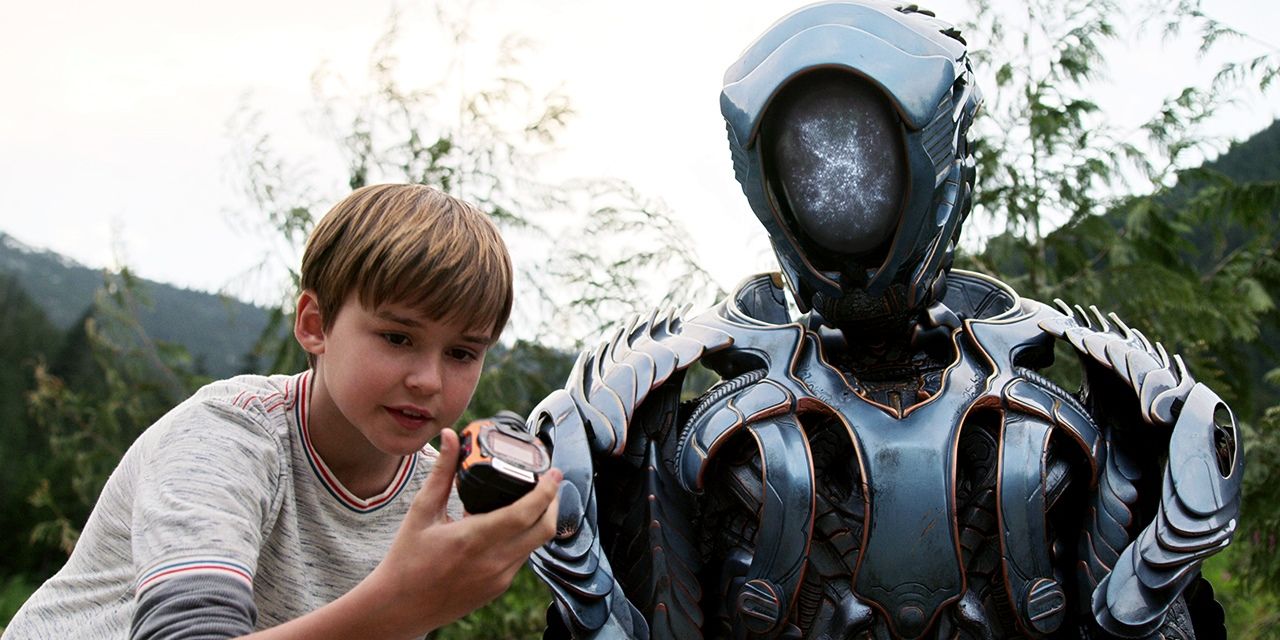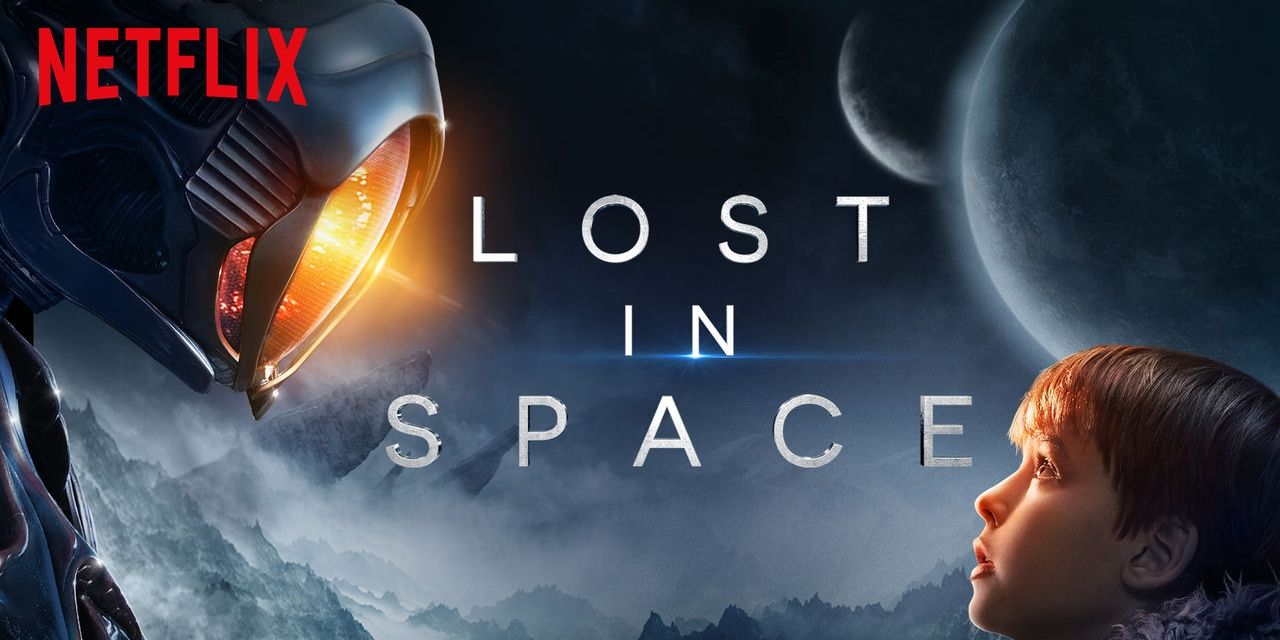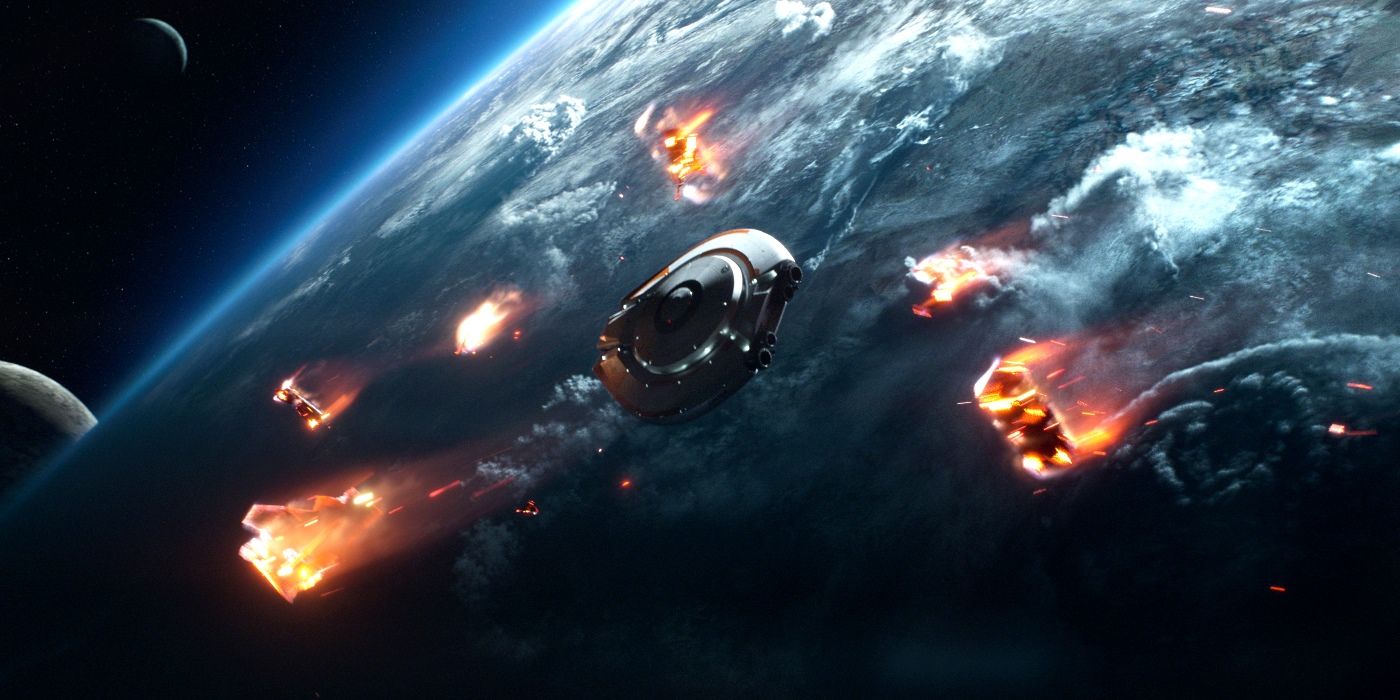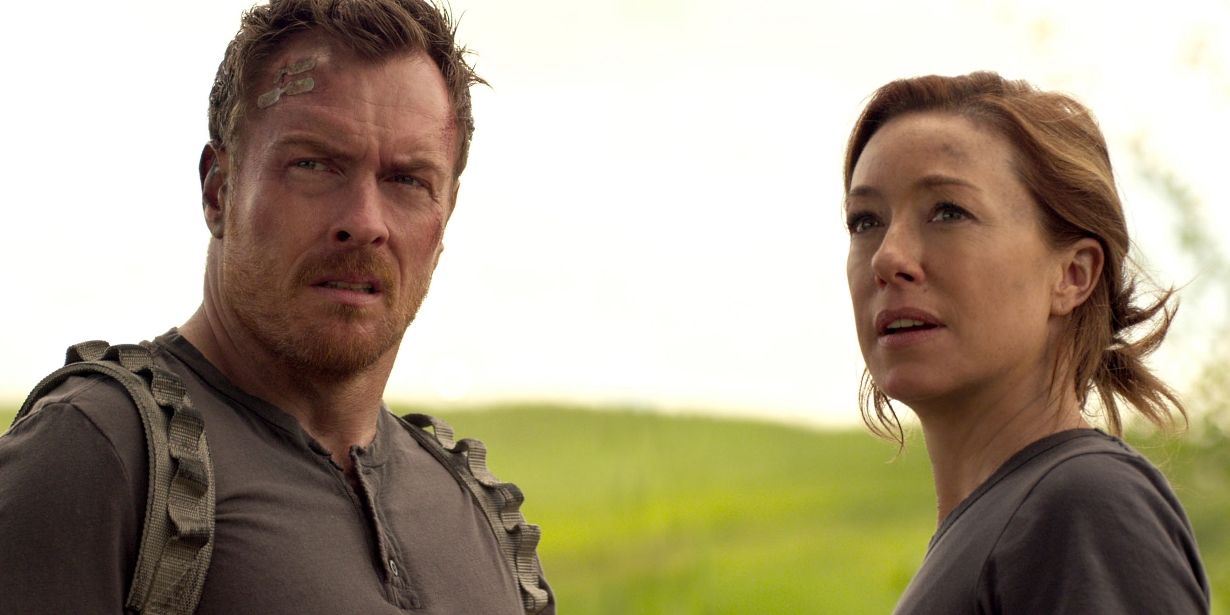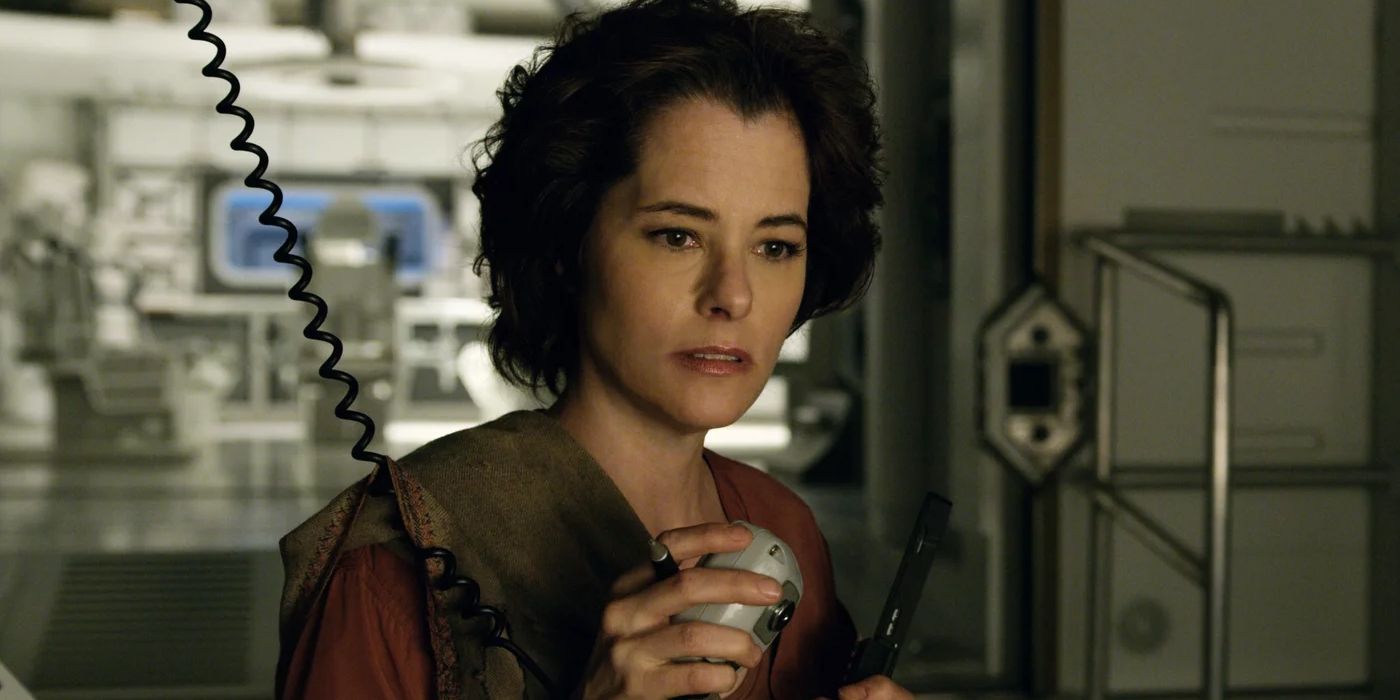WARNING: This article contains SPOILERS for Lost in Space
-
The makers of Netflix's Lost in Space reboot are making the old new again - making some BIG changes in the process. The question is simple: can the classic story of a stranded future family work as well in modern sci-fi as it did in the 1060s? The answer, as evidenced in our Lost in Space review, is a resounding yes. But don't expect a rehash, retread, or faithful re-imagining.
Older fans of the original, somewhat campy Lost in Space TV series will be downright shocked at just how forward-facing the new reboot really is. Even those who saw the 1998 Lost in Space movie reboot will be surprised at the changes made for the Netflix version. The spirit remains the same, but one thing is certain: this is NOT the Lost in Space many will expect to see.
RELATED: Lost in Space: That Cliffhanger Ending Explained
The biggest changes become clear early, so let's run down the ones viewers should prepare for.
The Robinsons Are Not a "Happy" Family
The Netflix re-imagining of Lost in Space makes it perfectly clear early on that this incarnation of the Robinson family is not the happy, wholesome, nuclear unit it has been in the past. Honestly, it's not even the funtionally-dysfunctional version in the 1990s movie reboot. Because as happy as the first family reunion may seem... things aren't going so well between John and Maureen.
The first episodes reveal that until John made the choice to make a surprise return home from his military assignment, Maureen was going to leave with the kids for the new human colony in Alpha Centauri. As an absent father figure - and husband - John and Maureen keep more about their near-separation secret from their kids than viewers will expect. But then, the kids are famous for their skills of deduction and detection... meaning this family is probably more similar to those in the real world than its classic version.
The Robinsons Are Lost, But Not Alone
The original conception of the TV show Lost in Space was inspired by the classic Swiss Family Robinson. The main difference being the decision to update adventure fiction with science fiction. The family would now be stranded on an alien world with only a spaceship to give them hope, as opposed to a deserted island. From the start, isolation and survival were major foundational elements - and in the 1990s film version, the same holds true (throwing the family through time alone, to boot).
For the Netflix series, isolation is still a key element - but now, it's the isolation of the entire Jupiter 2 colonists and planned leadership. The first season of the show narrows down the main characters that will drive a second season and beyond, but from the start, being 'stranded' is used to examine social tendencies and prejudices on a group level. Which makes for greater threats, given humanity's nature (even in the future).
The Robot Is A Stranded Alien, Not Equipment
The biggest difference to the core science fiction of Lost in Space, and quite possibly the larger story being told, is undoubtedly the nature of the ship's famous "Robot." Originally introduced as a physical sign of humanity's advancement - a walking, talking, artificial intelligence aboard the Robinson's ship - things have seriously changed. The movie added predictable "combat" skills to Robot, but the Netflix series rewrites the entire premise.
When the Robinsons crash into the unknown alien world upon which the series is set, Will stumbles upon another crashed ship. Not one from the Jupiter 2 mission, but a craft of alien design - with a single alien passenger. The Robot's bond with Will, need to defend him, and its ultimate purpose and origin are clearly mysteries the show will explore. We don't have answers yet, but the questions show how much of a departure this new conception of the lovable Robinson mascot really is.
The Robinson Parents Are a Serious Power Couple
You don't have to dig too deeply into the original, 1960s version of Lost in Space to notice how gender politics of the time gave the men of the mission a bigger share of the skills. The 1990s movie reboot made expected changes, establishing every member of the Robinson family as almost genetically brilliant, specializing in medicine, science, technology, chemistry-- you name it.
That's been dialed back somewhat for this series - the children are no longer all prodigies, just very smart and skilled - but John and Maureen now share a much clearer equal footing. In fact, in the context of what skills are expected to be needed in the new colony, Maureen has the preferred advantage. Well versed in science, physics, chemistry, engineering, and problem solving, it's Maureen who's best prepared for the mission. Unfortunately, the military expertise of John Robinson ends up being far more valuable than nay expected... or hoped.
Dr. Smith is a New Kind of Unpredictable Villain
The original antagonist of the Lost in Space series, 'Dr. Smith' has benefited the most from the updating made for Netflix. In the first series, Smith was a saboteur working for a foreign government, paid by a rival nation to foil the Jupiter mission (health of the Robinson family be damned). Once stuck on board, his added weight and programming changes made to the Robot led to the entire predicament - and the same basic plot was copied exactly for the movie reboot.
In the Netflix version, things have changed substantially - and the gender swap of Dr. Smith from a male actor to Parker Posey is the least important. Instead of a paid saboteur, 'Dr. Smith' is now a stowaway, whose actual identity and history is kept as a secret for the show's early episodes. All we know is that the real Dr. Smith died in the disastrous event that stranded the Jupiter colonists. And believe us, a woman willing to do whatever is necessary for herself - not a paycheck from a rival government - is a far more complicated, terrifying antagonist to live beside.
MORE: Netflix's Lost in Space Trailer Promises 'Danger, Will Robinson!'
Lost in Space is streaming now on Netflix.

